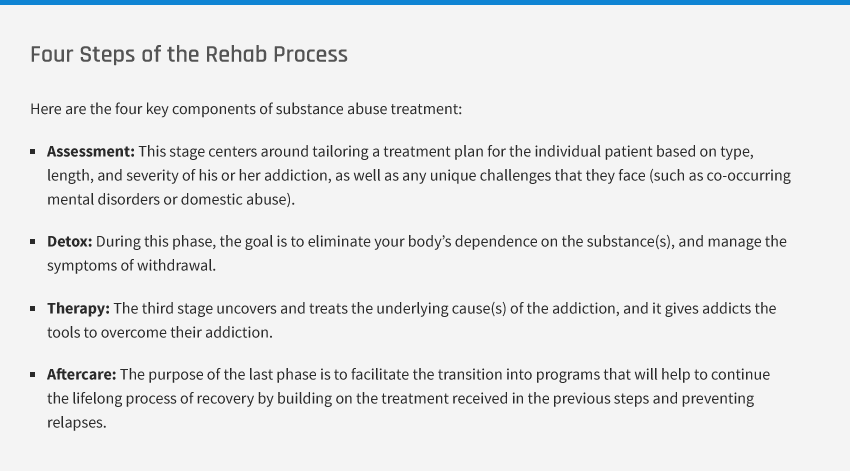Demographics of Individuals Seeking Treatment for Buprenorphine
According to a 2017 SAMHSA report that charts admissions to and discharges from publicly funded substance use treatment facilities, men are considerably more likely to seek treatment for non-heroin opiate abuse, including Subutex. The gender breakdown of treatment admissions for non-heroin opioids was 52.7% male and 47.3% female. While non-heroin opioid addiction occurs in all age groups, the most common age group admitted to a treatment facility for non-heroin opioid use was individuals aged 25 to 34, with 35 being the average age of all individuals from all age groups who are seeking rehabilitation.


